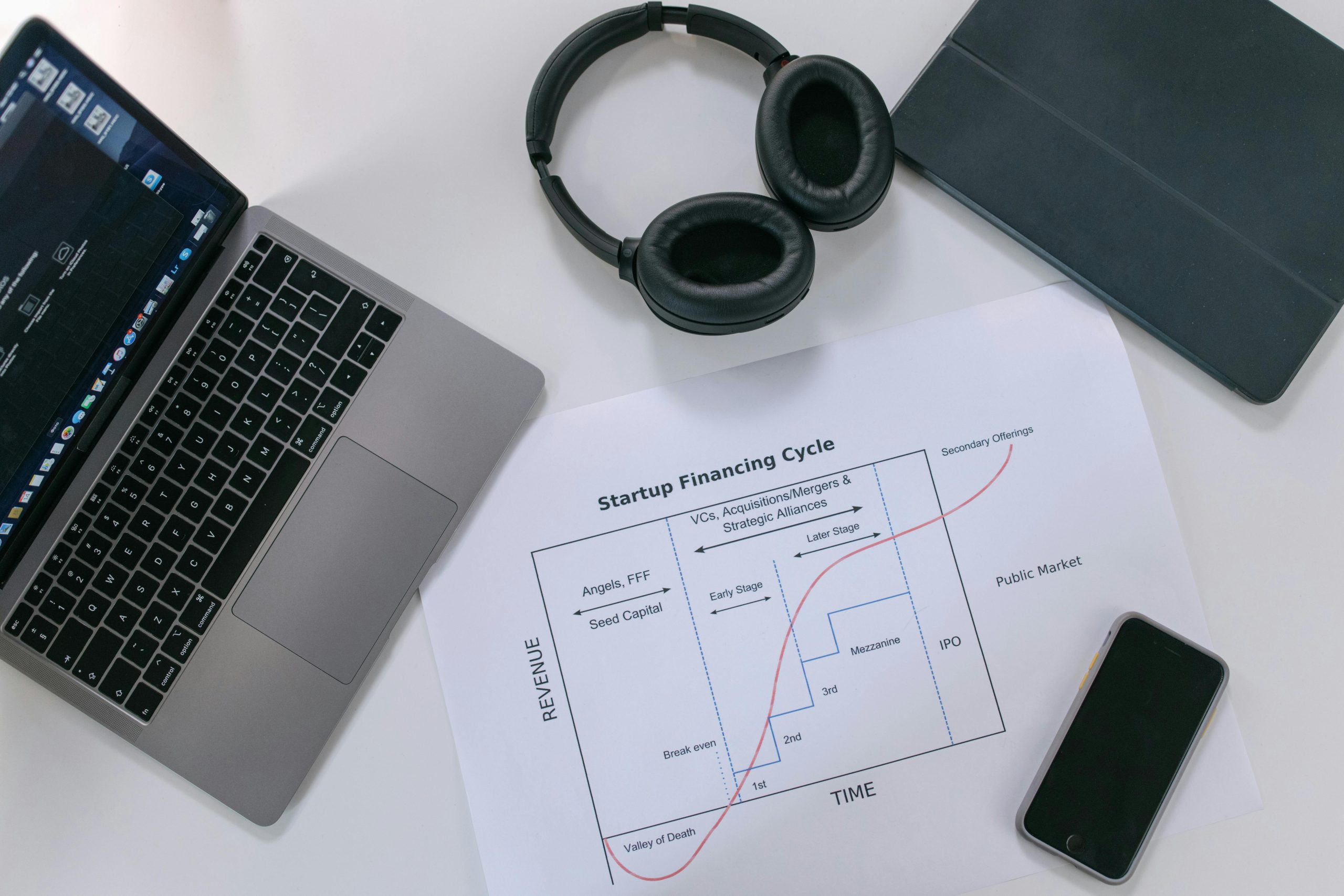The Unstoppable Engine: Why MacKenzie Scott’s $19 Billion Giving Spree Barely Dents Her Amazon-Fueled Fortune

MacKenzie Scott has fundamentally redefined the scale and velocity of modern philanthropy, distributing an astounding $19.25 billion to thousands of organizations since 2020. Yet, as the billionaire author continues her mission to give away her wealth “until the safe is empty”, the sheer magnitude of her total fortune, tethered to the enduring power of Amazon equity, ensures that the impact on her net worth remains proportionally small. As of November 8, 2025, Scott’s net worth stood at approximately $35.6 billion, illustrating the powerful interplay between the success of a single tech giant and the commitment to large-scale redistribution. Her philanthropic approach, managed through her venture Yield Giving, is as revolutionary as the capital base from which it flows, challenging long-held norms in the world of ultra-high-net-worth giving.
Divergence from Tradition: Scott’s Unconventional Philanthropic Blueprint
Scott’s methodology deliberately constructs a stark contrast to established foundation models, prioritizing speed, trust, and autonomy for grantees. This blueprint is rooted in a philosophical imperative to move capital rapidly and effectively into the hands of those doing the work on the ground.
Rejection of the Application Process
One of the most radical departures Scott has implemented is the decision to largely bypass the traditional, often burdensome, grant application process. Her team actively seeks out organizations already engaged in impactful work, identifying those quietly making a difference without the need for extensive self-promotion or complex proposal writing. This method dramatically speeds up the distribution of funds and reduces the administrative load on smaller, mission-driven groups. This approach has been described by analysts as a process of “quiet vetting”.
The Emphasis on Unrestricted Funding Mechanisms
The term “unrestricted” is central to understanding the power of her giving. Most large grants come with specific line-item requirements, dictating exactly how a dollar can be spent. Scott’s approach grants full discretion. This empowers the organizations on the ground, trusting their internal expertise to know the most critical needs, whether that involves paying down debt, investing in technology, or giving staff much-needed raises. Research from the Center for Effective Philanthropy (CEP), culminating in a February 2025 report, confirmed that these large, unrestricted gifts helped strengthen nonprofit financial stability and increased community impact.
The Inspiration Drawn from Literary Figures
Her philosophical underpinnings are notably informed by literary influence, specifically drawing inspiration from the writer Annie Dillard. The notion that wealth must be actively given away—that holding onto it tightly leads to its ultimate loss—provides a personal, almost moral, imperative for her accelerated timeline, setting her giving apart from mere tax strategy or public relations.
The Role of Mentorship and Intellectual Heritage
The noted influence of her former mentor, the acclaimed author Toni Morrison, further illuminates the depth of her motivations, connecting her current work to a lineage of intellectual courage and a commitment to speaking truth to power through one’s chosen medium, which for Scott, is capital deployment. This imbues her philanthropy with a sense of personal mission rather than just corporate social responsibility.
The Initial Capital Base: The Origin of the Vast Fortune
The foundation of Scott’s massive philanthropic engine stems directly from her foundational role in one of the world’s most successful enterprises. Her wealth accumulation trajectory has consistently outpaced her extraordinary disbursement rate.
The Role of Early Contribution to the Tech Giant
Before the divorce, MacKenzie Scott was not merely the spouse of the founder; she was an early and integral contributor to the nascent enterprise. Her involvement in the very early days—from the inception of the business model to its operational setup—is cited as a factor in her substantial post-divorce wealth entitlement. This history acknowledges her foundational role in building the entity that generated the wealth in the first place, moving the narrative beyond simple spousal settlement.
The Scale of the Divorce Transfer in Context
The transfer of assets she received was historic because of the sheer scale of the company’s valuation in two thousand nineteen, making it one of the most financially significant marital dissolutions ever recorded. This settlement was not a mere division of acquired assets; it was the allocation of a substantial, controlling interest in a company still ascending to new heights of global economic influence, amounting to approximately a 4% stake.
The Impact of Signing the Giving Pledge
Her commitment shortly after the divorce to give away the majority of her fortune through the Giving Pledge was a swift and declarative statement about her intentions for this sudden influx of capital. It signaled a clear departure from a path of simply maintaining and growing the wealth for its own sake, immediately pivoting toward a mission of large-scale redistribution.
The Trajectory of Wealth Accumulation Before Divestment
It is important to recognize that her net worth was not static even before she began this massive campaign of giving. The period between her divorce and the beginning of her most aggressive giving phases saw natural appreciation, meaning her starting point for giving was already a growing figure, further compounding the difficulty of seeing a “dent” in the total. Her wealth increased by $923 million year-to-date in 2025, largely due to Amazon’s share price rising over 45% since November 2020. She has sold or donated approximately 58 million shares, worth about $12.6 billion as of late 2025, yet her overall net worth remains robust at $35.6 billion.
Beyond Nonprofits: Expanding the Sphere of Influence
By late 2024, Scott signaled a strategic evolution, recognizing that systemic problems require tools beyond traditional grants. This expansion incorporates market-based solutions directly into her capital deployment strategy.
The New Frontier of For-Profit Investment
More recently, Scott has signaled an evolution in her strategy, recognizing that societal challenges often require solutions housed within the for-profit sector as well. She has begun to direct her advisors to deploy capital toward mission-aligned ventures operating in the commercial space. This move indicates a sophisticated understanding that solely funding the non-profit safety net is insufficient for comprehensive systemic change. The investment focus centers on companies seeking commercial solutions to pressing social problems.
The Rationale for Mission-Aligned Venture Capital
The logic behind this shift is to actively withdraw funds from traditional portfolios that might only serve to increase the wealth and influence of leaders who already possess it, instead placing them into entities actively seeking commercial solutions to pressing social problems. This strategy positions her as an early-stage investor in social innovation, using capital to shape market forces rather than just mitigate their negative outcomes. An example of this alignment in 2024 included allocating funds to entities involved in low-income housing tax credits.
The Blending of Capital Tools
This expansion into for-profit funding represents a blending of traditional philanthropic grants with impact investing principles. It acknowledges that advocacy, direct giving, and market-based solutions must all be employed simultaneously to achieve meaningful progress on complex issues like climate change or economic disparity.
The Influence on Other Wealthy Donors
The mere announcement of this dual approach—massive grants alongside targeted venture investment—serves as a powerful case study for other ultra-high-net-worth individuals who may feel constrained by the traditional models of foundation management, encouraging them to consider a more integrated capital deployment toolkit.
Reflections on Commitment and the Future Trajectory of Her Pledge
The narrative surrounding Scott is no longer just about the total dollars disbursed, but the cultural shift instigated by her methods. As of November 2025, her total giving represents 36% of her net worth, placing her among the most generous philanthropists in U.S. history.
The Concept of Giving Until the Safe is Empty
Scott’s stated goal, to give away her wealth until the metaphorical safe is depleted, frames her entire endeavor as a finite project with a clear endpoint. This contrasts with the perpetual mandate of many foundations, lending her work a sense of intense, time-bound mission.
The Study of Scott’s Model by Philanthropic Analysts
Her methods are not just being practiced; they are being rigorously studied. Reports from leading research bodies, such as the Center for Effective Philanthropy, analyze the efficacy of her large, unrestricted grants, confirming their positive downstream effects on nonprofit stability and innovation. The final report from CEP’s three-year study in February 2025 indicated that recipients reported increased confidence and reduced burnout.
Measuring Progress Against the Half-Net-Worth Goal
While the exact total remains fluid due to market movements, analysts continue to track the percentage of her total wealth that has been distributed, a key metric against her Giving Pledge commitment. The narrative centers on how close she is to reaching the fifty percent mark, and how the appreciating asset base continues to redefine that target.
The Enduring Legacy Beyond the Dollars Transferred
Ultimately, her most lasting contribution may not be the sum of the dollars transferred, but the cultural shift she has instigated in how the world views ultra-wealth and the responsibility that accompanies it. She has demonstrated that rapid, trust-based, high-volume giving is not only possible but can be profoundly effective, setting a dynamic new standard for the age of the tech billionaire.
The Interplay of Personal Narrative and Public Finance
The sustained interest in her net worth relative to her giving is a unique public finance phenomenon, where the wealth of an individual is judged not by its growth, but by the efficiency with which it is moved into the public sphere. This creates a fascinating tension between her personal financial status and her public-facing mission, one that the power of her Amazon equity continues to mediate successfully.
Anticipating the Next Phase of Strategic Allocation
Given the move toward for-profit investments, the next significant development to watch will be the scale and focus of these commercial allocations. Will they mirror the social justice and equity focus of her nonprofit giving, or will they target purely technological or infrastructural solutions, further diversifying the tools used to fulfill her commitment?
The Unfolding Story of Wealth Management Under Constraint
The entire story of MacKenzie Scott in this era is a compelling study in wealth management under extreme, self-imposed philanthropic constraint. It is a real-time examination of how vast fortunes derived from single, dominant assets can be strategically deployed to effect social change while the underlying asset continues to thrive, ensuring that the engine of giving does not stall. This constant balancing act, made possible by the enduring market power of her original inheritance, is the central theme of her philanthropic chapter in the current year.
The Impact on Global Philanthropic Norms
Her ongoing success in balancing distribution with personal wealth maintenance is likely to influence how subsequent generations of the world’s wealthiest individuals approach their own charitable trusts and legacy planning. The standard for rapid, high-impact giving has been irrevocably elevated, with her focus in late 2025 including large, repeated gifts to organizations focused on equity and education, such as contributions exceeding $300 million to HBCUs.










